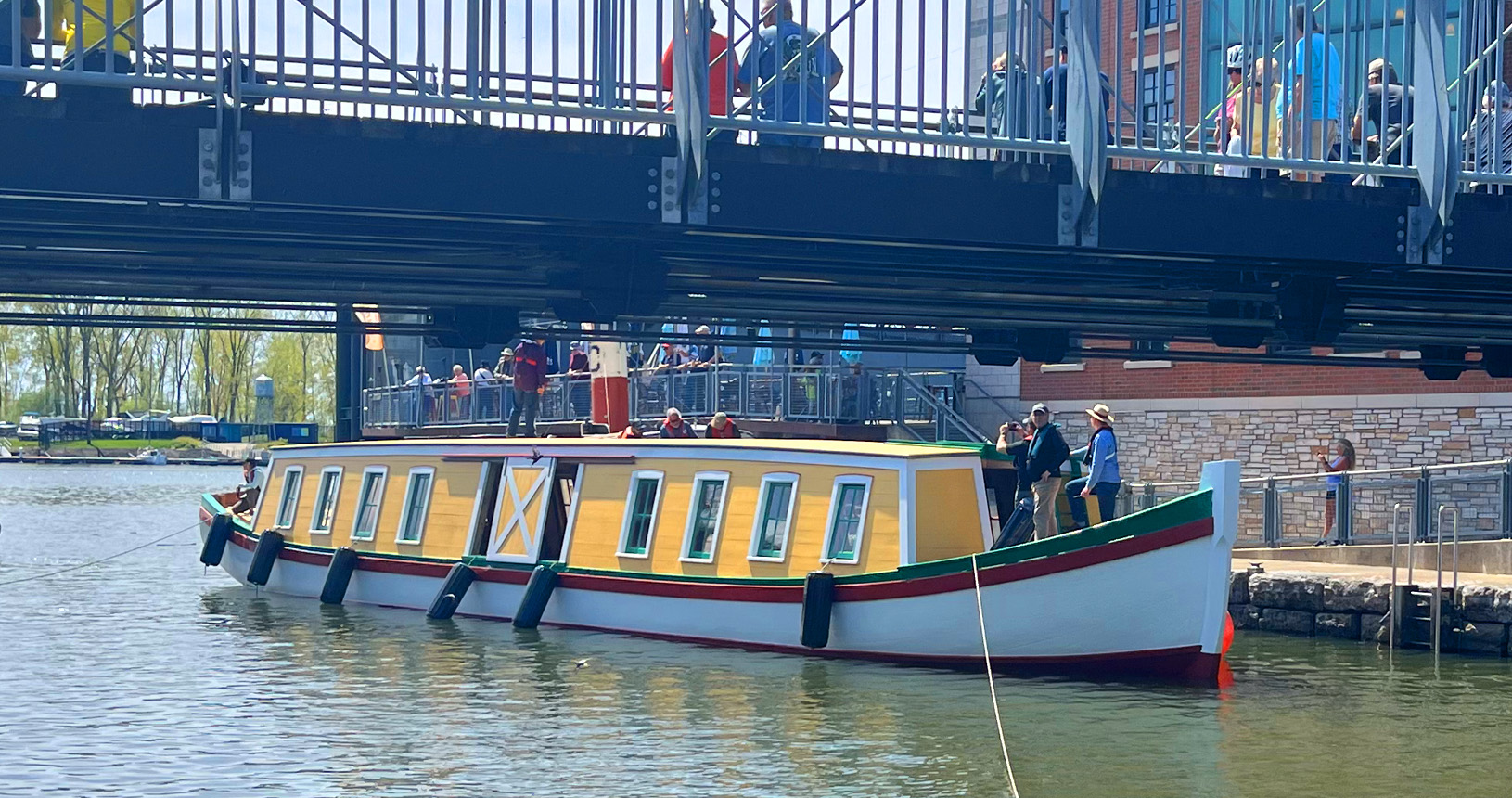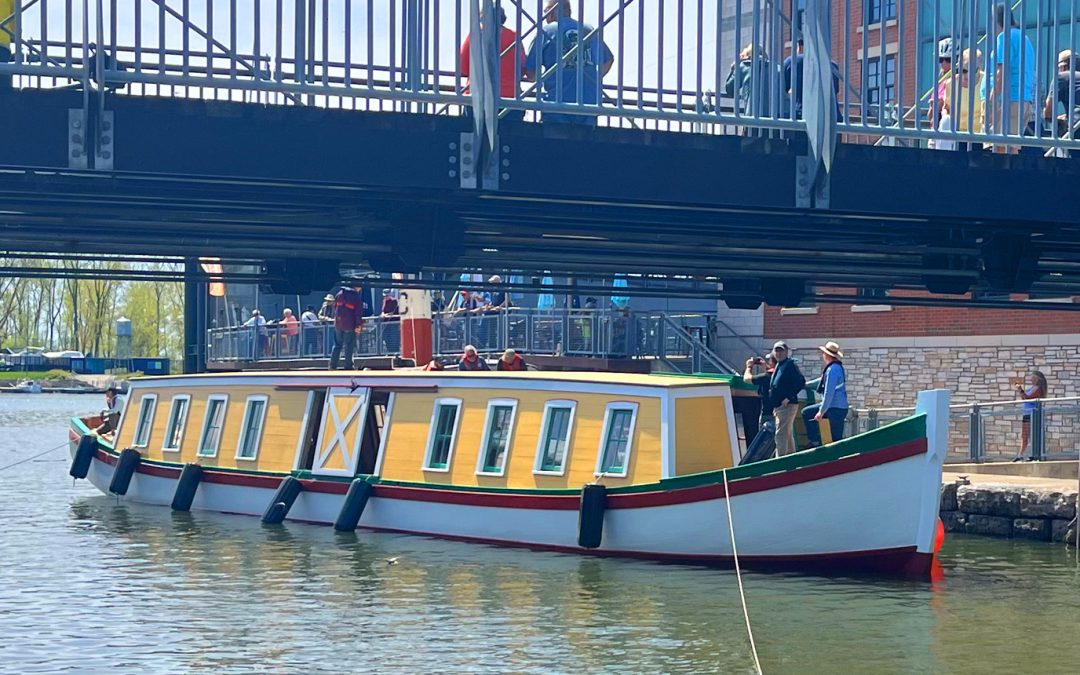
The Seneca Chief will embark on a bicentennial voyage to New York City in 2025 to celebrate the Erie Canal’s 200th anniversary
Carl Resetarits, facilities manager and environmental health and safety at Conax Technologies, and retiree Brian Swallow recently lent their expertise to a special project in Buffalo, NY.
Carl and Brian were among more than 200 individuals who have volunteered their time and skills over the past four-plus years to create a full-size replica of the Erie Canal Boat Seneca Chief, the first boat used when the canal opened in 1825.
“I first got involved with the Maritime Center 10 years ago when I was restoring a canoe from the 1900’s and have been volunteering with them ever since,” said Carl. “It’s a great group to be around so being part of projects like this and volunteering is a fun thing to do.”
The vessel, whose inauguration was held Memorial Day Weekend, is part of a project that aims to engage the community and preserve traditional boatbuilding skills while raising awareness about the impact of the Erie Canal. The canal boat will appear at various locations and water festivals in the Buffalo area this summer. The project will then culminate with the Seneca Chief embarking on a bicentennial voyage to New York City in September 2025, retracing the historic inaugural voyage of Governor DeWitt Clinton. Afterward, it will continue to serve as an educational exhibit, highlighting the ecological, cultural, and economic significance of the Erie Canal.
The Erie Canal Boat Project is one of the largest community boatbuilding projects in the world and has been open to public participation from the beginning. With the guidance of two professional shipwrights, the 200+ volunteers have been actively involved in the boat’s construction. Their work and dedication are helping to expand the narrative of the Erie Canal’s history and foster connections within the community.
The completed Seneca Chief is 73 feet long, 12 feet 6 inches wide, and weighs over 40 tons. It was built using traditional boatbuilding techniques, with white oak for the keel, frames, and structural timbers. The planking consists of two layers of cypress with a waterproof dynel cloth set in epoxy between them. The outer layer is caulked with cotton in the traditional manner. The project also involved forging bolts and producing specialized tools and hardware in the Buffalo Maritime Center’s machine shop.
We salute the efforts of Carl and Brian, along with all those whose hard work and dedication have brought this important piece of history to life in our community and beyond.
Click here to learn more about the construction of the Erie Canal Boat Seneca Chief and this historic project.

